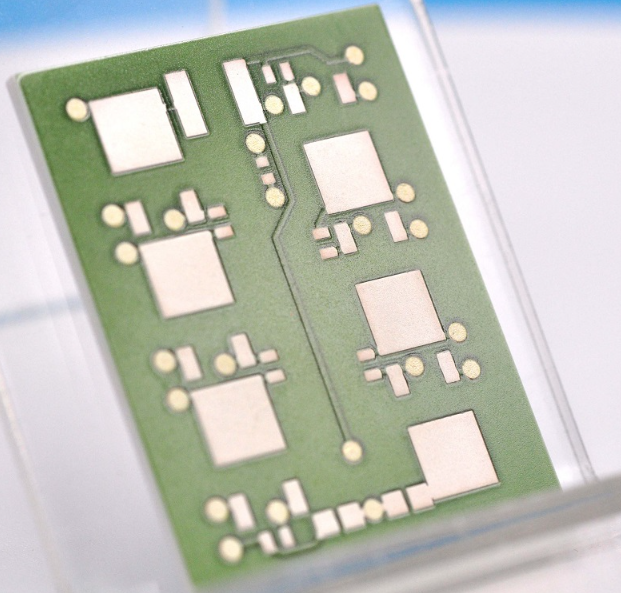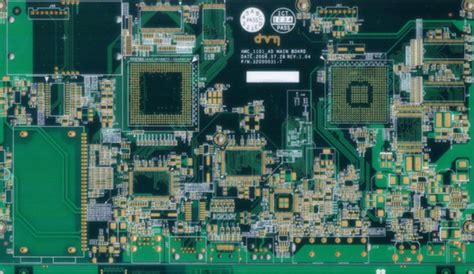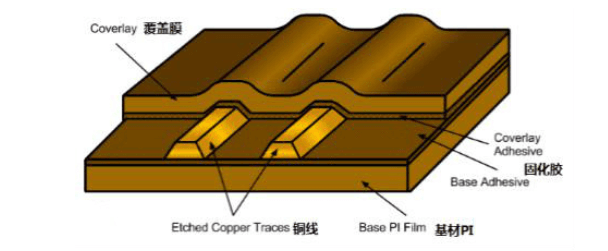Study on the influence of ceramic PCB on the RF performance of wireless system
Introduction: With the rapid development of wireless communication technology, RF performance is crucial to the performance of wireless system. As a key component in wireless system, the material and structure of printed circuit board (PCB) are crucial to RF performance. In recent years, ceramic PCB has gradually attracted attention as an emerging high-end electronic material. This paper aims to explore the influence of ceramic PCB on the RF performance of wireless system through in-depth research and illustrate it through experimental data.
1.Characteristics of ceramic PCB:
Low dielectric and dielectric loss: Ceramic PCB has low dielectric and dielectric loss, which can reduce the attenuation and distortion in signal transmission and improve the transmission efficiency and frequency response of the system.
Excellent thermal stability: Ceramic PCB has high thermal conductivity and thermal diffusion performance, which can effectively reduce the thermal effect in the system and improve the working stability and reliability of RF devices.

2.The influence of ceramic PCB on RF performance:
Signal transmission loss: The low dielectric constant and dielectric loss of ceramic PCB reduce the attenuation of signal during transmission, which can reduce transmission loss and improve the signal transmission quality of RF system.
Signal intermodulation and nonlinear distortion: The excellent thermal stability of ceramic PCB can reduce the thermal effect in the system, reduce the probability of signal intermodulation and nonlinear distortion, and improve the linearity and dynamic range of the system.
High-frequency characteristics: The low dielectric constant and low dielectric constant setting of ceramic PCB have higher high-frequency dielectric characteristics, which can provide a wider frequency bandwidth and adapt to the transmission requirements of high-frequency RF signals.
Experimental data description: We conducted a series of experiments to evaluate the impact of ceramic PCB on RF performance. The experiment set up a comparative sample, using traditional FR4 PCB and ceramic PCB to build the RF system respectively, and conducted the following evaluations:
Transmission loss measurement: By measuring the signal transmission loss at different frequencies, we found that the transmission loss of ceramic PCB is relatively low, especially at high fitting, showing better performance.
Measure at different frequencies and record the transmission loss of two different PCB materials. The following is a possible sample data:

Signal intermodulation and nonlinear distortion test: We tested the signal intermodulation and nonlinear distortion of the mold sample. The results showed that the ceramic PCB has better performance, smaller intermodulation products and distortion.
Intermodulation product measurement: Use two input signal frequencies of 2GHz and 3GHz to measure the intermodulation product frequency and calculate the power level of intermodulation distortion.
FR4 PCB intermodulation distortion power: -30 dBm
Ceramic PCB intermodulation distortion power: -35 dBm
High frequency characteristics test: By measuring the frequency response and bandwidth, we found that ceramic PCB has a wider bandwidth when highly correlated and can support higher signal frequencies.
Frequency response measurement: Measure the signal transmission gain at different frequencies.
FR4 PCB frequency response: At 2 GHz, the gain is -3 dB
Ceramic PCB frequency response: At 2 GHz, the gain is -1 dB
Bandwidth measurement: Measure the -3 dB bandwidth of the signal.
FR4 PCB bandwidth: Bandwidth is 1 GHz
Ceramic PCB bandwidth: Bandwidth is 3 GHz

Conclusion:
Through in-depth research and experimental evaluation of the effect of ceramic PCB on the RF performance of wireless systems, we draw the following conclusions:
Ceramic PCB has lower transmission loss and better signal transmission performance, which can improve the transmission efficiency of wireless systems.
The excellent thermal stability of ceramic PCB can reduce the thermal effect in the system, reduce the probability of signal intermodulation and nonlinear distortion, and improve the linearity and dynamic range of the system.
Ceramic PCB has better high-frequency characteristics, can provide a wider frequency bandwidth, and adapt to the transmission requirements of high-frequency RF signals.
In summary, the application of ceramic PCB in wireless systems can inevitably affect the potential improvement of RF performance. Further research and development will further promote the application of ceramic PCB technology in the field of wireless communications.






